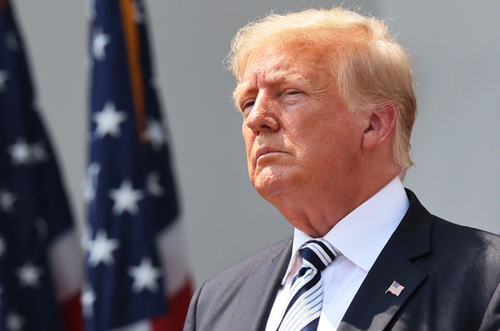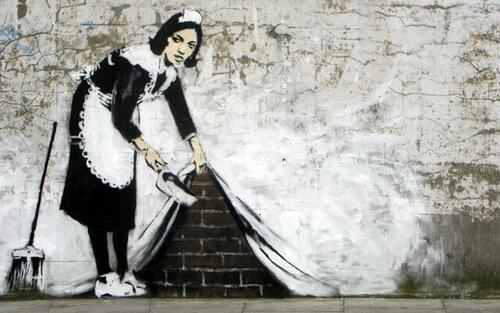A few years ago, the mayor of a Karnataka town asked me how she could prevent people from wastefully washing their yards, walls and vehicles with water from the municipal water supply. She told me she had organized awareness campaigns, promoted conservation efforts and even personally remonstrated with citizens, but to little avail. When I asked her how much they paid for the water, she replied that the monthly charge was a few tens of rupees per connection, but this was not strictly enforced. She was taken aback when I told her that was why her conservation efforts had been unsuccessful.
An underpriced resource is over-consumed. That is what is happening across the country, where underpriced water and electricity are causing people to consume more than the optimum. It is not a surprise that we are going from water scarcity to water crisis. The current approach of underpricing water is no longer tenable, for water crises will only get worse in the coming years. Water can only be conserved when it is priced at marginal cost, at the most expensive litre of water produced to satisfy a given demand.
In Bengaluru, residential piped water costs between ₹7 and ₹45 per 1,000 litres. Houses that do not have access to municipal water supply purchase water from tankers at around ₹150 during normal times and up to ₹250 during shortages. Thus the marginal cost of water is 20 to 35 times what the fortunate people with access to municipal supply pay. If prices go up, people will adopt flow controllers, bucket showers, rainwater harvesting and other conservation measures with greater urgency.
So pricing water is a solution to the scarcity and sustainability problem. The question is how do we get there.
There is no doubt that water is a necessity of life and everyone should have access to a basic quantity of it for drinking and washing. The United Nations General Assembly has decreed that every human has a right to 50 to 100 litres of water per day from a source less than 1km and 30 minutes from home. In a country with many poor and low-income households, this water should be available regardless of one’s ability to pay. There is a case to make available this basic quantity of water free of cost to poor households.
With the availability of a robust social welfare infrastructure in the form of the Jan Dhan, Aadhaar and Mobile (JAM) trinity, it is already possible to ensure water is properly priced and the poor are provided the money to purchase it. Indian cities must raise water prices over a period of a few years until they are close to its marginal cost, and entitle poor households to water vouchers. Vouchers can be financed through the state government’s budget until municipal water corporations are able to cross-subsidize them from their own surpluses.
Today, municipal water supply is synonymous with piped water. There is no reason why this must be so. Indeed, municipal water companies should be mandated to provide at least 100 litres per person per day regardless of the means of delivery. It should be up to them to use pipes, bore wells, tankers or bottles, as long as they achieve the outcome.
Pricing can solve upstream problems as well. One reason the Kaveri water dispute has persisted for decades is that there is no reason for the claimants to moderate their claims. The more they ask, the more the tribunal is likely to eventually assign them.
My colleagues at Takshashila have shown that a more efficient and less contentious allocation system is indeed possible. States that claim more than a low basic quota must pay for the excess into a Kaveri Water Fund. States that take below their quota can receive money instead. This would allow state governments the flexibility to choose a wider set of policies, and give them the financial resources to compensate farmers and others who have to change their water-use patterns. Pricing will create incentives to economise on the use of water and lead to a more efficient allocation.
The policy design is not tremendously difficult and the projects can be made financially viable. The biggest hurdle is a political system that is addicted to populism. Indian politicians know how to make paid things free. They are unfamiliar with the idea of making free things chargeable. Yet, there are examples—national highways, for instance—where pricing has created a bigger and better road network.
Water should be priced not because it will bring new sources of revenue to governments, but because it creates incentives for conservation. Tackling scarcity requires action on multiple fronts: increasing efficiency of use, promoting reuse, governing ground-water, harvesting rainwater, rehabilitating water bodies, building new infrastructure and so on. It is hard to implement these at the scale required because there are few incentives to do so. No government has the capacity to cajole or coerce everyone into action. Pricing provides a strong incentive for people to do the right things. There is no alternative.
Disclosure: The author is on the board of Jal Seva Charitable Foundation. These are the author’s personal views.















